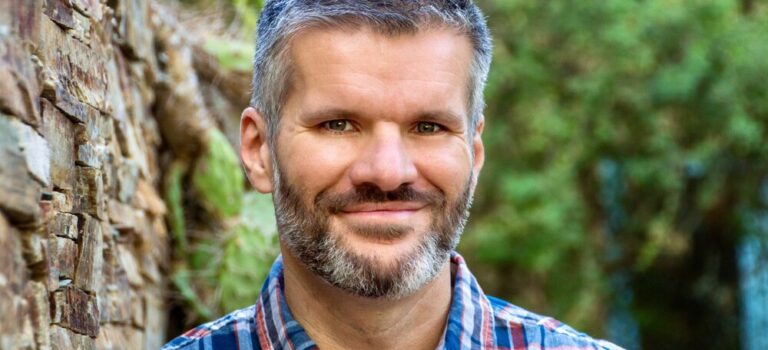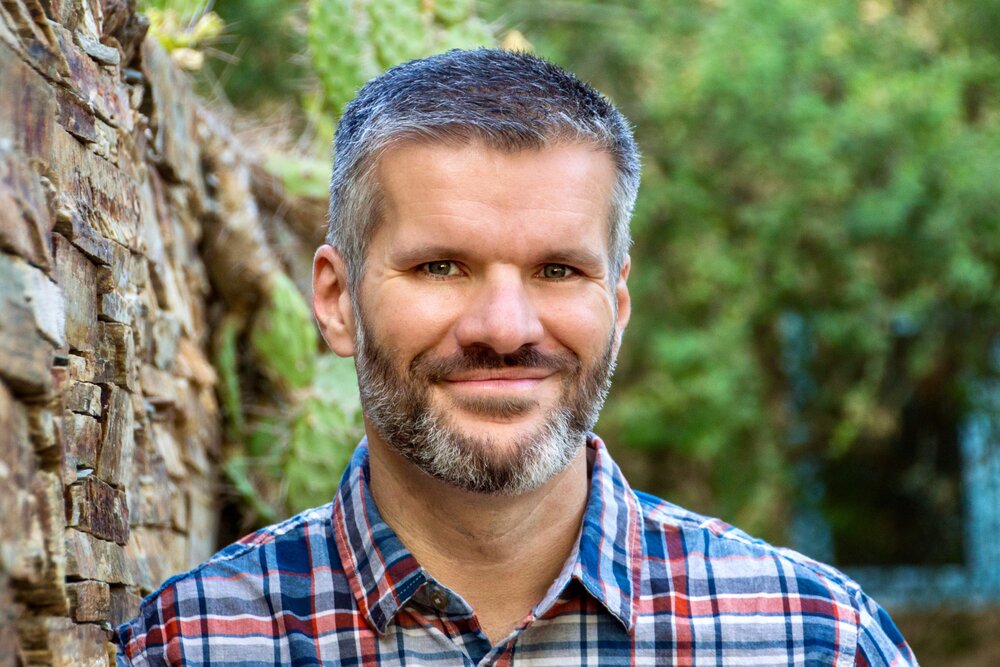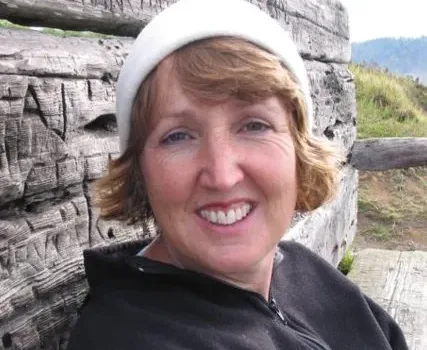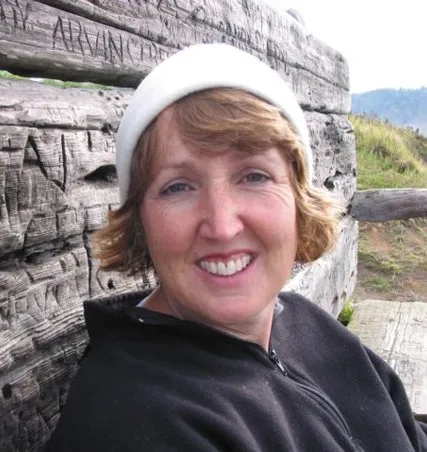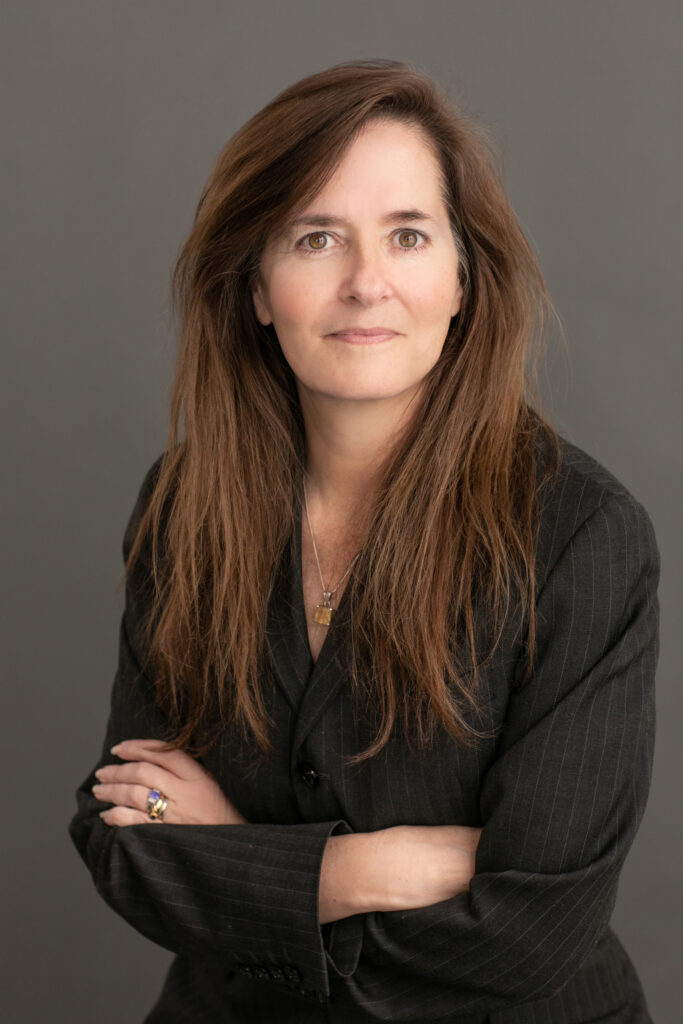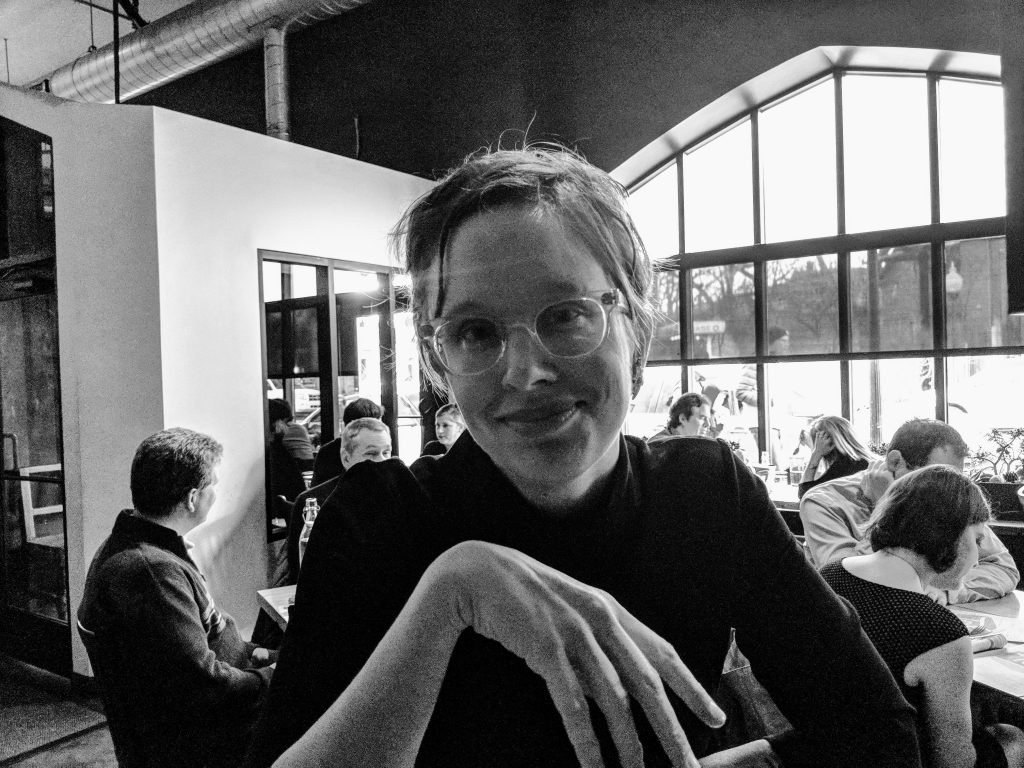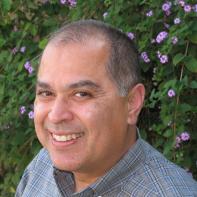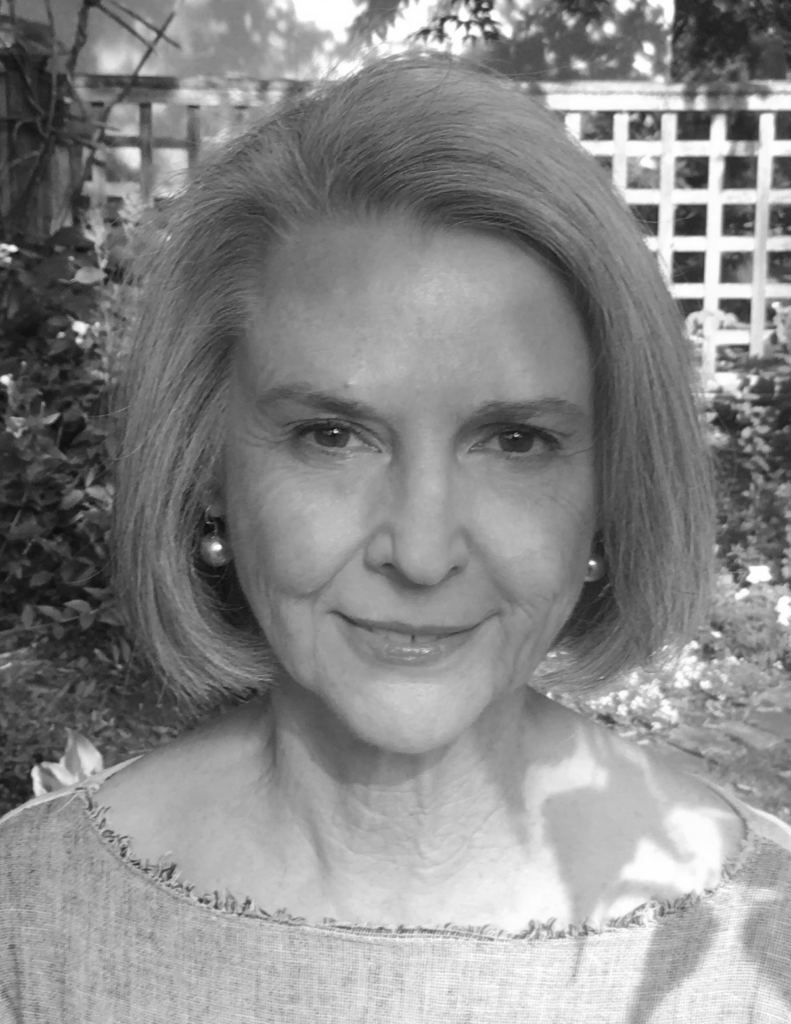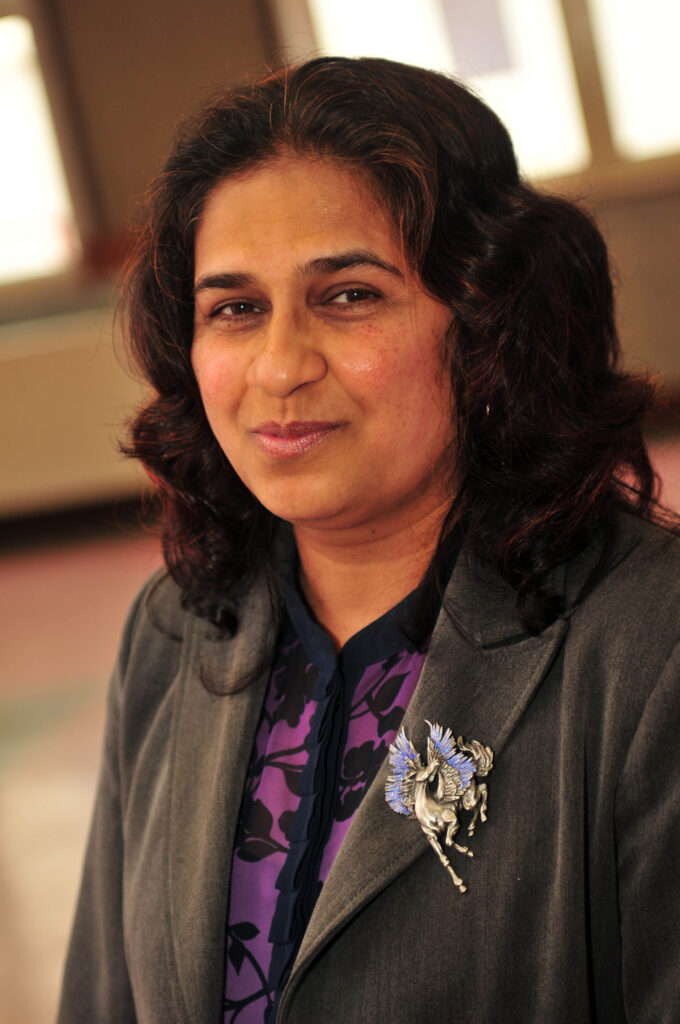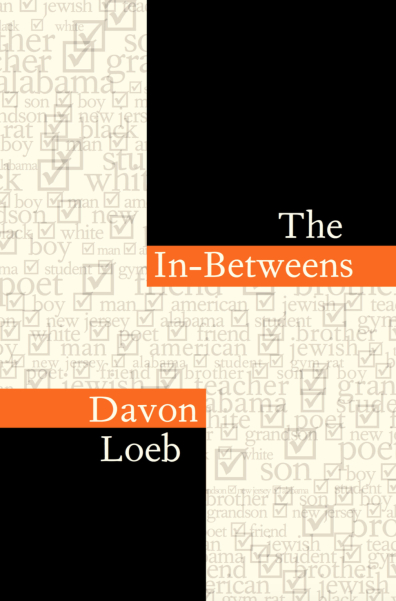Matt Bell is the author of numerous books, the two most recent being Appleseed (a New York Times notable book) and Refuse to Be Done, a craft guide on writing, rewriting, and revision. His work has also appeared in The New York Times, Esquire, Tin House, Fairy Tale Review, American Short Fiction, Orion, and elsewhere. Originally from Michigan, he now teaches creative writing at Arizona State University. Read more about him on his website.
In this post, we feature an interview with Matt Bell conducted by Bailey Wood, Superstition Review’s nonfiction editor for Issue 30. Please note that the transcript has been edited for clarity.
Bailey Wood: Hi, Matt. Thank you so much for taking the time to speak with me today. You are a creative writing professor here at ASU. You have published books including Appleseed, Scrapper, In the House Upon the Dirt Between the Lake and the Woods, and most recently your craft book Refuse to Be Done. What motivated you to write a book on the craft of writing?
Matt Bell: I started working on Refuse to Be Done as a lecture. It was my traveling show for a long time. You know, you’d occasionally get asked to give craft talks at conferences or other universities. So I was giving this talk on revision, and it really came out of my own trying to learn how to revise—especially longer form fiction. Initially, it was this loose group of revision tips that I would talk about when asked to give those talks. And over time, it became a more novel-focused talk and became those three drafts that Refuse to Be Done breaks the process into.
At some point, maybe four or five years ago, I gave the talk at the University of Alabama. A professor there, Heidi Staples, came up to me afterwards, and said, “You know that talk’s a book, right?”
And I was like, “No, I did not. But maybe I’ll write it.”
And so I was lucky to have Heidi Staples’ push to get me to put it into book form.
BW: That’s awesome—I know you mention that in your book as well. What did your writing process look like for Refuse to Be Done, and how was it different from writing a fiction novel?
MB: Maybe the big difference was that I don’t really outline when I’m writing novels in advance, and I think with Refuse to Be Done I had a little better idea of how I wanted to go through it.
People are always asking about technology for writing—or using Word or Scribner, different things like that. And I’ve never written fiction in anything but Word, but I actually wrote Refuse to Be Done in Scribner. That worked really well for me. It saved the outline, and it’s arranged in a different way—it’s the only thing I’ve written in that. It was sort of a different process.
And then, weirdly, the revision process for this book and revision was also the process outlined in the book. So I did a lot of the things that the book said to do with fiction as I was working on the non-fiction version of it. There’s something kind of crazy about doing your tenth draft of a book on how to revise a book in three drafts, right? But it was useful in that way.
So, in some ways pretty similar. Of course, I had first readers who I thought of as play-testers. I had some friends who were revising books who read the book while they were working on it. Seeing what was useful to them and what wasn’t was really great to par down some of what was in it.
BW: So something you’ve mentioned already is that you have this three-draft approach. And within those three draft sections, there’s exercises that the readers can go through depending on what stage of writing they’re in. How did you decide which exercise to include for each chapter?
MB: It’s a little bit of a kitchen sink book: here’s a lot of what I knew to do. I felt, when I got done with it, that I’m going to have to develop some new ideas. A lot of it is what I do and what’s useful to me. I think some things could go in different drafts. The kind of stuff you’re doing in the first draft—you’re still doing some of it in a third draft. But I was really trying to think about what’s most useful to put it together: the three drafts having that focus on generator revision, and then narrator revision, and then polishing revision. Just thinking about what most naturally fits in each place.
And then also thinking about what carries forwards. Like I said, a lot of the first draft stuff, you really do it again in draft two. Presenting that kind of material first obviously means that you already know it when you start thinking about draft two. So a little bit of just thinking through the process.
There’s also a combination from my own teaching of novel writing. I’ve been teaching novel writing workshops at ASU and other places for ten years. You get a sense, especially that first draft work, of what people need in that phase or what kind of advice is most useful. So a combination of my own experience as a writer and what I see in my students and friends, and what kind of thinking is most useful at what stage in the process.
BW: I think something that you mentioned, too, is that there’s parts of each section that you maybe can apply to different drafts or work through that. It provides different exercises as you’re going through the phases, which is really awesome for readers.
In an interview with Hannah Gerson from The Millions, you mention how your novel gives a concrete series of steps to take, not the nebulous “keep making it better until it’s finished.” Keeping that in mind, how did you know that the works you’ve produced and published so far had reached a point where no more revision could be made and were completely finished?
MB: That’s a great question! It’s funny because I feel like the premise of the book is “refuse to be done,” and the question everyone wants to know is, “but, really, when are you done?” It feels appropriate.
For me, the process that’s in Refuse to Be Done is really everything I do before I show it to someone. I think when I get to the end of that process—which can be a couple years for a book—I usually feel pretty good about it. I at least feel like I’ve done everything I know how to do, which is a different way of being done. It’s the point that’s the farthest I can take it on my own. At this point, of course, I’ve written enough books that I’m used to going through my agent, my editor, my outside readers, but I really go into that process feeling like I’ve done everything. There really is a tightening that happens in that third draft phase that if you haven’t gone through the whole process by yourself at this scale, there’s this moment where everything is getting right-sized and you can feel the language is suddenly like “this is sort of what books on the shelf sound like” instead of first draft language. You do feel that completeness come in.
There’s always a place where I’ve over-edited it a little bit, where I’m now starting to make it a little worse or I’m subbing out words for the same word. On any given day, I might make this choice or that choice, but both choices are fine. I get into a place like that, where I’m no longer making productive change. And that’s a really good time for outside readers. I just went through with an outside reader on the book I’m finishing right now, and it was the time I needed someone else to light up other possibilities for me. I had done everything I could see. And she, of course, imm found me more stuff to work on. So, done and then not done, but that’s also part of the process. It’s not really-really done until it’s on the shelf.
BW: As a follow up to that question, is there any sort of intuition towards getting into that third draft, where you feel like “this is pretty close, and I could be done soon”? Does that happen at all?
MB: I think so. I think—especially having read enough of other people’s manuscripts and knowing where they go into the publishing process and things like that—there’s always this point a month from when I’m done with a novel where I could stop. I could probably send it to my agent here, and he would enjoy it, as much as he probably will in a month. But that last month of work is also a place where I’m going to forsake that last round of editing with someone else. That willingness to go a little past the point of acceptability or past the point of good, trying to get to great. A lot of great work gets done in that. It could be done with an agent or an editor, but I would rather take it a little farther myself if I can.
But I always feel that point, where I’m itchy to send it out to somebody—I’m ready to go. I know if I sit with it a little longer, I’ll get the rust out of it. Late in the process for me, I work really long hours. Normally, I write two hours a day or something, but late in the process, I’ll try to write eight, ten, twelve, so I can hold the whole book in my head. It lets me remember more of it. It’s really hard to get back in that state. It costs so much time. There is a tendency when I’m in it to get everything out of it because you never want to do this again. That’s the phase where I’m a writer in a movie: I’m an insane person who can’t talk to anyone, I’m dressing weird, and I haven’t eaten right. You don’t want to have to go back to that place, so it’s best to get what you can out of it while you’re there.
BW: I completely understand that. Something that is frequently mentioned in creative writing courses is an encouragement for students to read and write what they’re passionate about. What kind of books do you look for when you read? Are there any writers you’ve read recently that have inspired your work?
MB: I read really widely; I like things in a lot of different genres. I’m always reading different stuff. I think most of what you read—even if you don’t like it—it’s influential because of the way you don’t like it. So everything helps you hone your case, your interests, your aesthetics. That feels really great.
There are people I go back to all the time that are really important to me. Writers like Denis Johnson, Ursula LeGuin, Don DeLillo, Cormac McCarthary, Toni Morrison, and Anne Carson. Some of those people are always on my mind, and there’s always nearby. My desk is always full of things that are important to me or inspiring. I think my childhood The Lion, The Witch, and The Wardrobe is in my desk. It makes me happy to have it around, thinking about these books you love and care about.
Who I’ve read recently that I really liked… I just read a book called The Traitor Baru Cormorant by Seth Dickinson. It’s a political fantasy novel that I just thought was speculator. It felt like a model for how to write a certain kind of book that was really thinking about politics and colonialism and utopia and things like that. It was a great story. You kind of felt like “oh, this how you write a really smart book that’s also a great adventure.” I’m always happy to find something like that—the real keys to the kingdom.
Not every book you’re going to take apart as you read it. A lot of books just get read. Every once in a while, you read something where you’re like, “Well, I’m going to keep thinking about this. I’m going to study how this is done.” Which I think it’s one of the pleasures of being a writer.
BW: Absolutely. One final question for you today. How has your experience as a teacher help shape your writing?
MB: I think it’s shaped it a lot. Even in reading widely. I think when I first started teaching, I always taught pretty diverse syllabi and had lots of different kinds of writers on the course reading list. I realized at some point that a lot of my examples, just off the top of my head, would come from what I liked—but which is not always connected to students. I realized that I wanted to read really widely so I had an idea of what students were doing, even if it wasn’t a genre that was my preference.
For instance, I had not read a lot of YA, but we have a lot of students who are writing YA. So I read some, so I know what people are up to. It’s not a drudgery to do that; I just find all this good stuff in genres I had not read much in. And that ends up being really exciting, so that’s a big part of it.
Maybe the other half is that, in having to explain how to do some of the stuff, you of course learn how to do it better yourself. The things that were really easy for me—or that are intuitive for me—were, when I first started teaching, very hard to teach. The two hardest things to teach are the things you’re best at and the things you’re worst at. The good stuff, you’re like, “Well, I don’t really know how I do this, I just do it,” and that’s frustrating for students. And the stuff you’re bad you, you shy away from because you’re not good at it. So teaching has been a reason to deepen my craft and be a better teacher that way. Refuse to Be Done would not have been written if I wasn’t a teacher. I just wouldn’t have the material in that format, and I wouldn’t be able to talk about what I do. I’m just lucky.
As you know, from being in the class that you’re in—both at the undergrad level and at the MFA—every year, a new cohort of smart, interesting, talented people to talk writing with comes through. And that’s a pretty neat gift to have in your life. This constantly renewing source of good writers, so I think that’s a really lucky thing that I get to experience at ASU.
BW: I definitely think that there’s something at play with that, too—you get to work with writers of all experiences. You get to work with the process of different students, too.
Well, that was all my questions for you. Thank you so much for you time.
